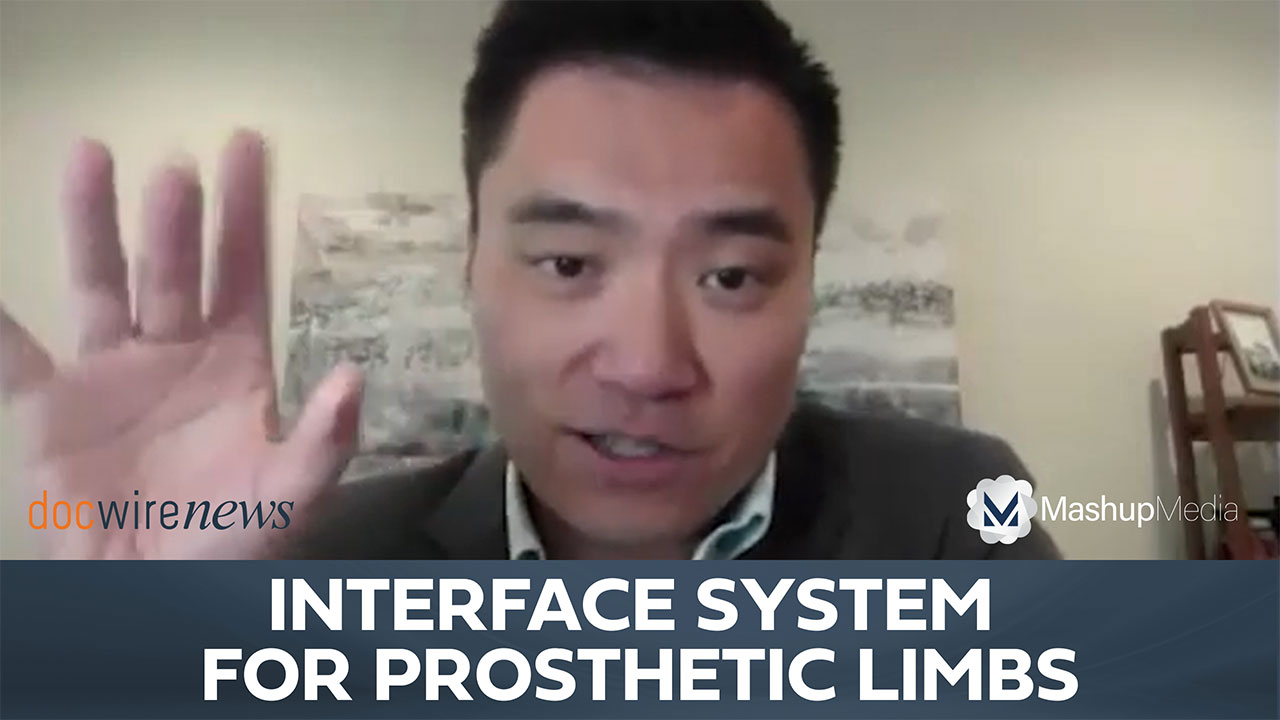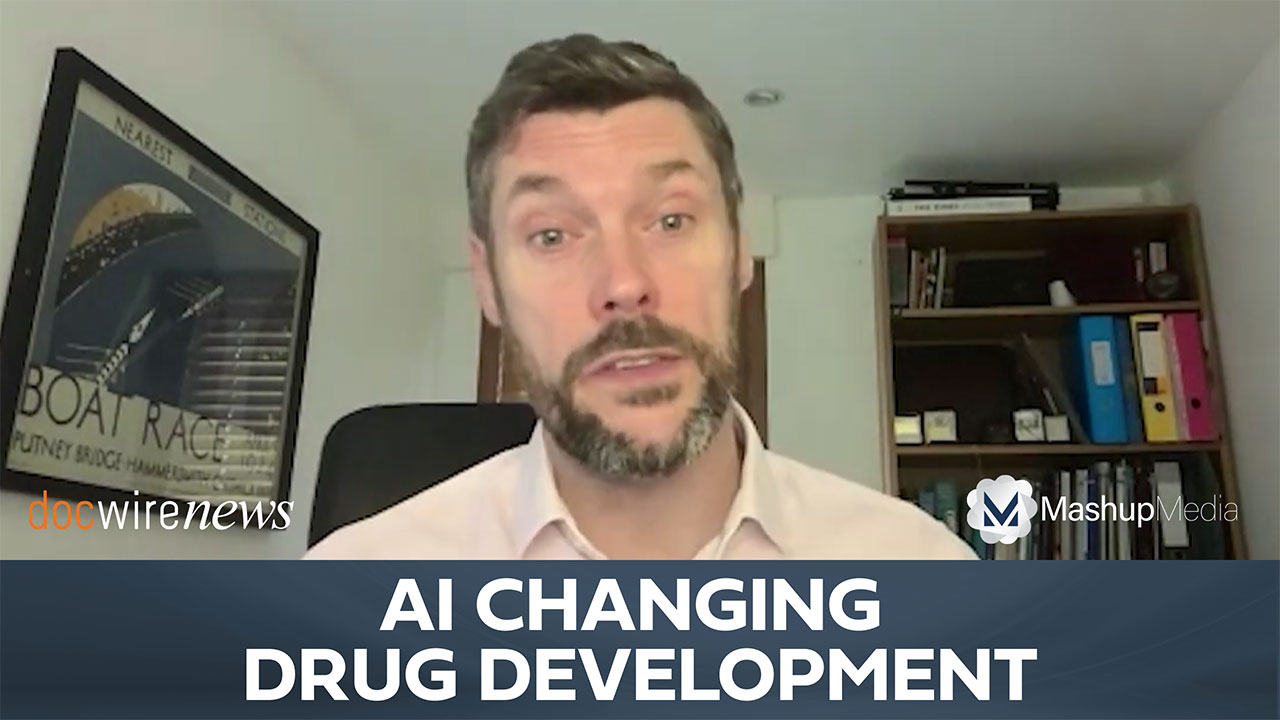
Researchers from the University of Texas Health Science Center at Houston (UTHealth) have recently created a machine learning algorithm that can help physicians in deciding how to treat a patient’s stroke. The artificial intelligence (AI) driven technology is designed to assist doctors outside of major stroke treatment facilities in determining whether an ischemic stroke patient would benefit from undergoing an endovascular procedure that removes the blood clot. Their work was published online on September 24 in the journal Stroke.
This procedure, endovascular thrombectomy, is performed to remove an arterial blood clot causing an ischemic stroke. It involves the insertion of a catheter into the femoral artery of the thigh, which is followed to the patient’s brain where the clot must be removed. Research has shown that performing an endovascular thrombectomy is effective in improving stroke outcomes, however, this effect is only observed when minimal damage has occurred to the brain tissue.
The Need for Improved Screening
This brain damage can be assessed through neuroimaging techniques, such as magnetic resonance imaging (MRI) or computed tomography (CT) perfusion, that show the blood flow in the brain. Although these advanced technologies are effective in screening ischemic stroke patients for endovascular thrombectomy, they are not present in most primary stroke centers and community hospitals.
“With endovascular thrombectomy, we now have a treatment for ischemic stroke that is really revolutionary,” stated corresponding author Sunil A. Sheth, MD, assistant professor of neurology at UTHealth’s McGovern Medical School. “It allows us to take stroke patients from severe disability and return them to an almost normal life. Unfortunately, the advanced imaging techniques used currently to identify which patients benefit from this procedure are not widely available outside of large referral hospitals. As a result, most stroke patients don’t have access to guideline-based screening for these treatments.”
Creating an AI Solution
Alongside senior author Luca Giancardo, PhD, assistant professor at UTHealth School of Biomedical Informatics, Sheth created an AI system that could pair with the prevalent CT angiogram imaging technology. The CT angiogram uses X-ray images to yield a detailed image of the heart, arteries, and veins in the body. Sheth and Giancardo’s goal in applying machine learning algorithms to these images was to create an automated tool that assesses the degree of arterial blockage in patients.
This AI, dubbed DeepSymNet, was created at UTHealth. DeepSymNet was trained and evaluated using electronic medical record data from patients who had suffered from a stroke or similar symptoms. Of the 224 evaluated who had a stroke, 179 were found to also have cerebral blood vessel blockage. The system was trained to identify these blockages from the patients’ CT angiogram images and use them to identify how much brain tissue had died.
The researchers concluded that the machine learning tool was able to evaluate patient candidacy for endovascular operation using CT angiogram data with comparable accuracy to advanced imaging techniques.
“The advantage is you don’t have to be at an academic health center or a tertiary care hospital to determine whether this treatment would benefit the patient. And best of all, CT angiogram is already widely used for patients with stroke,” said Sheth.







 © 2025 Mashup Media, LLC, a Formedics Property. All Rights Reserved.
© 2025 Mashup Media, LLC, a Formedics Property. All Rights Reserved.